Description
Allegorien und Embleme Vol. I Pl.113 by Albert Ilg printed on a T-Shirt
About the T-Shirt
Regular fit
Standard length, the fabric easily gives into movement
Casual wear
A classic, everyday option loved by our customers
Side-seamed
Constructed by sewing two parts together, creating a fitted look
The Unisex Staple T-Shirt feels soft and light with just the right amount of stretch. It’s comfortable and flattering for all. We can’t compliment this shirt enough–it’s one of our crowd favorites, and it’s sure to be your next favorite too!
- Solid colors are 100% Airlume combed and ring-spun cotton
- Ash color is 99% combed and ring-spun cotton, 1% polyester
- Heather colors are 52% combed and ring-spun cotton, 48% polyester
- Athletic and Black Heather are 90% combed and ring-spun cotton, 10% polyester
- Heather Prism colors are 99% combed and ring-spun cotton, 1% polyester
- Fabric weight: 4.2 oz./yd.² (142 g/m²)
- Pre-shrunk fabric
- 30 singles
- Side-seamed construction
- Tear-away label
- Shoulder-to-shoulder taping
- Blank product sourced from Nicaragua, Mexico, Honduras, or the US
Albert Ilg (1847-1896)
Albert Ilg was an Austrian art historian.
Ilg was curator of the Museum of Art and Industry in Vienna from 1873, curator of the imperial collections (now the Kunsthistorisches Museum) from 1876 and head of the collection of weapons and art-industrial objects there from 1884.
As Rudolf Eitelberger’s successor, he published the source publications on art history. His main work is the first monograph on Johann Bernhard Fischer von Erlach. With this work, he took the initiative to re-evaluate Baroque art history. At the same time, he campaigned for the Neo-Baroque to be regarded as an Austrian “national style”. To this end, he published the pamphlet Die Zukunft des Barockstils. Eine Kunstepistel under the pseudonym Bernini the Younger.
The interior of the Kunsthistorisches Museum and the sculptural decoration of the Neue Burg were designed according to his specifications.
Albert Ilg was also responsible for the translation of Cennino Cennini’s manual on painting, the Libro dell’arte o trattato della peintura.
He rests in an honorary grave at the Vienna Central Cemetery (31A-2-10). A portrait medallion of Franz Xaver Pawlik is attached to the tomb.
In 1899, Ilgplatz in Vienna’s Leopoldstadt district (2nd district) was named after him.

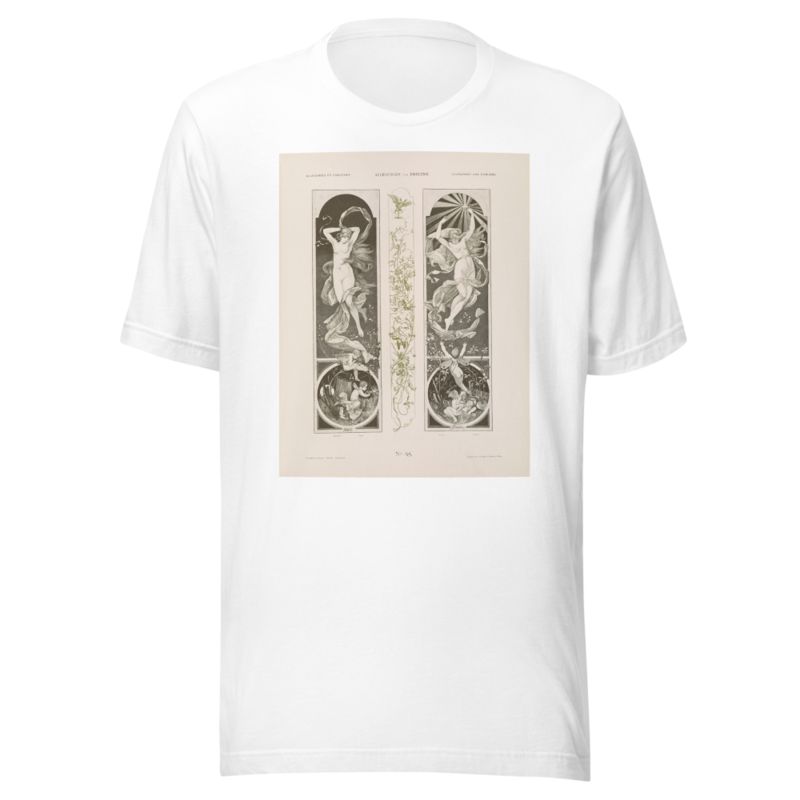
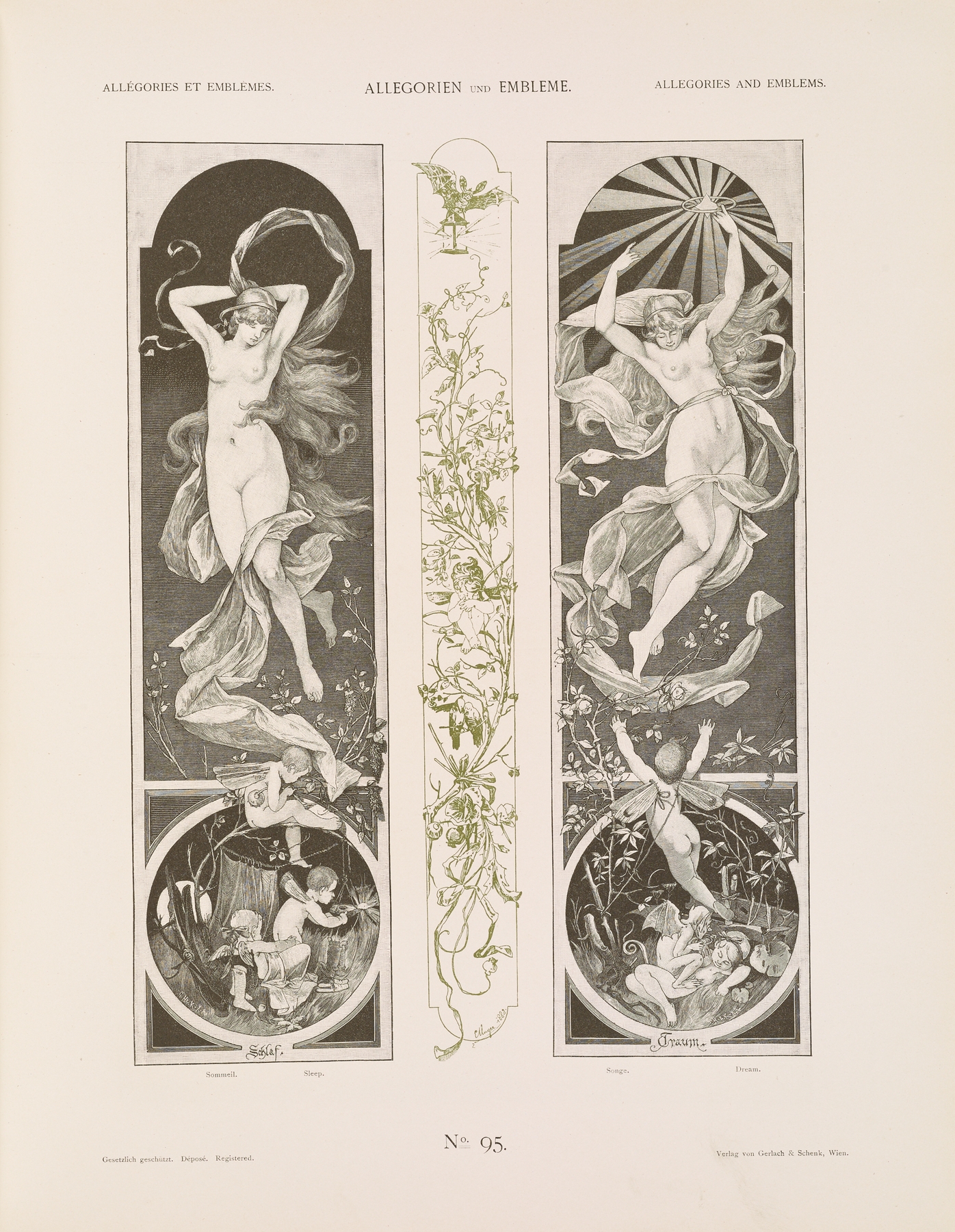
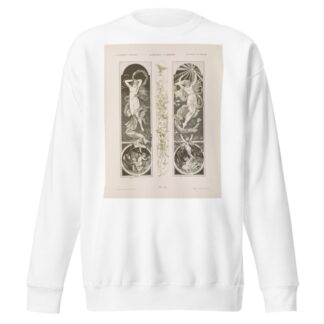
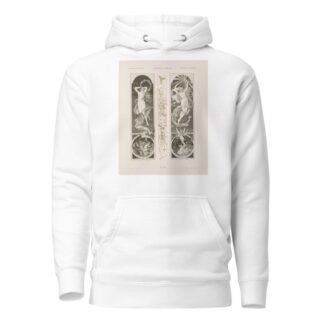
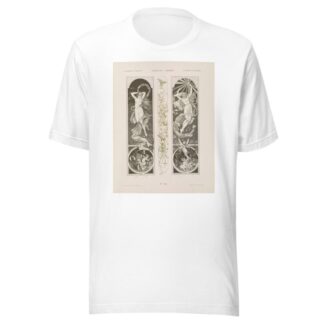
Reviews
There are no reviews yet.